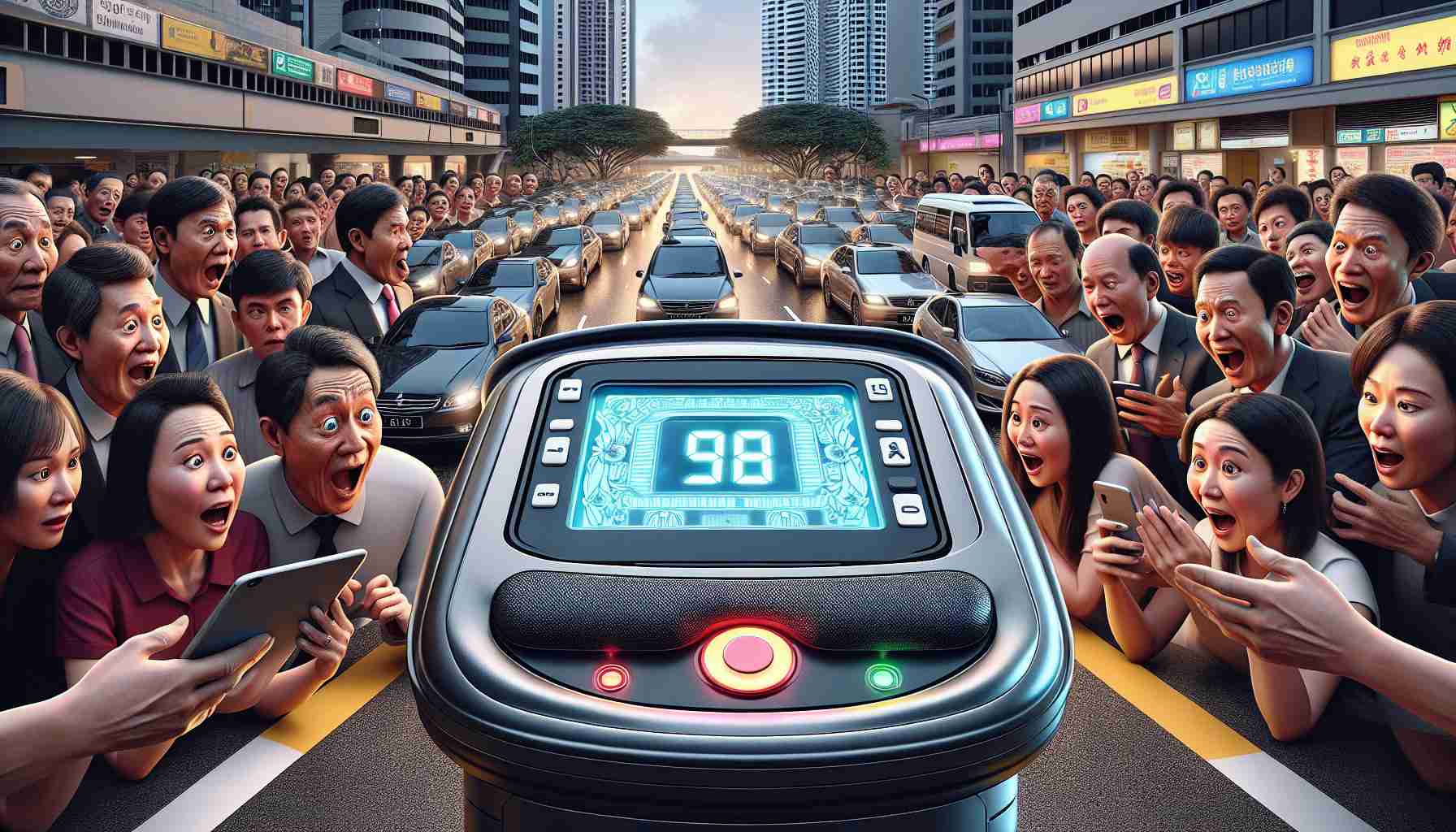Safety Enhancements in Singapore’s Electronic Road Pricing System
Singapore’s Land Transport Authority (LTA) has taken steps to address user concerns regarding the On-Board Unit (OBU)—the key component in the upcoming upgrade of the Electronic Road Pricing (ERP) system. New improvements have negated the necessity to physically handle the CEPAS card for parking access, enhancing safety and convenience for motorists.
LTA Responds to Concerns Over OBU Design
Despite these changes, there remains a heated debate over the LTA’s insistence on the three-piece OBU structure, as many find it bulky and question why a more streamlined, single-unit design isn’t feasible. LTA has justified this choice, suggesting that extreme temperatures within a car’s cabin inhibit the performance of a processing unit if placed on the dashboard, thus justifying the separation of components to more temperate locations within the vehicle.
This explanation, however, has not fully quelled the doubts among the driving public, with some pointing to the resilience of the analogous motorcycle units under similar thermal conditions. The discourse online also reflects a historical skepticism, as when the OBU was first presented in 2020, concerns about the design choice were already surfacing.
Legacy Commitments Forge Onward with ERP 2.0
The LTA finds itself bound by a past commitment made in 2016 when they awarded a contract for the current OBU design, with altering plans now being a financially burdensome option. This ties back to the anticipation of a compact, smartphone-sized OBU that was never realized.
Even with the delays due to chip shortages and the pandemic, over 18,000 vehicles now carry the new OBU, with LTA responding to the initial feedback rapidly. Senior Minister of State for Transport, Dr. Amy Khor, during a parliamentary session, acknowledged the call for more elegant solutions and mentioned the development of a mobile interface alternative, providing a compromise for those against installing the full OBU setup.
Key Questions and Answers:
– What is the new OBU system, and what are its intended improvements?
The new On-Board Unit (OBU) system is an upgrade of Singapore’s Electronic Road Pricing (ERP) system designed to replace the existing In-Vehicle Unit (IU). The OBU offers enhancements such as negating the need to physically handle the CEPAS card for parking, aiming to enhance safety and convenience.
– Why is there controversy over the OBU’s three-piece design?
There is a controversy because some motorists find the three-piece design bulky and question why a single-unit design isn’t possible. The Land Transport Authority (LTA) claims that extreme temperatures in a car’s cabin could affect the performance of a processing unit if it were placed on the dashboard, which justifies the separation of components.
– What are the reactions to the new device?
Reactions are mixed, with some expressing dissatisfaction with the device’s design and a desire for a more streamlined system. However, others acknowledge the technical explanations provided by LTA or look forward to the potential mobile interface alternative.
Key Challenges and Controversies:
– Design Concerns: The bulkiness of the three-piece design is a significant issue that has not been fully resolved in the eyes of some motorists.
– Financial Constraints: LTA’s commitment to the existing OBU design due to previous contracts poses financial challenges to making changes now.
– Technical Justifications: The skepticism over whether the thermal conditions truly necessitate a three-piece design persists, particularly comparing motorcycle units’ resistance to similar conditions.
Advantages of the OBU System:
– Safety: Minimizes the need for physical interaction with the device, reducing distractions for the driver.
– Technological Upgrade: Represents an advancement in ERP technology, potentially offering more features and conveniences.
Disadvantages of the OBU System:
– Size and Aesthetics: Some users find the OBU too large or unattractive for their vehicle’s interior.
– Implementation Complexity: The process of upgrading from the old IU system to the new OBU system can be complex and cumbersome for some vehicle owners.
For further information on transport policies and initiatives in Singapore, you can visit the Land Transport Authority’s official website at LTA. If you’re interested in finding out more about Singapore’s approach to road pricing, you may also refer to the main domain of Singapore’s government portal at Gov.sg.
The source of the article is from the blog elblog.pl
